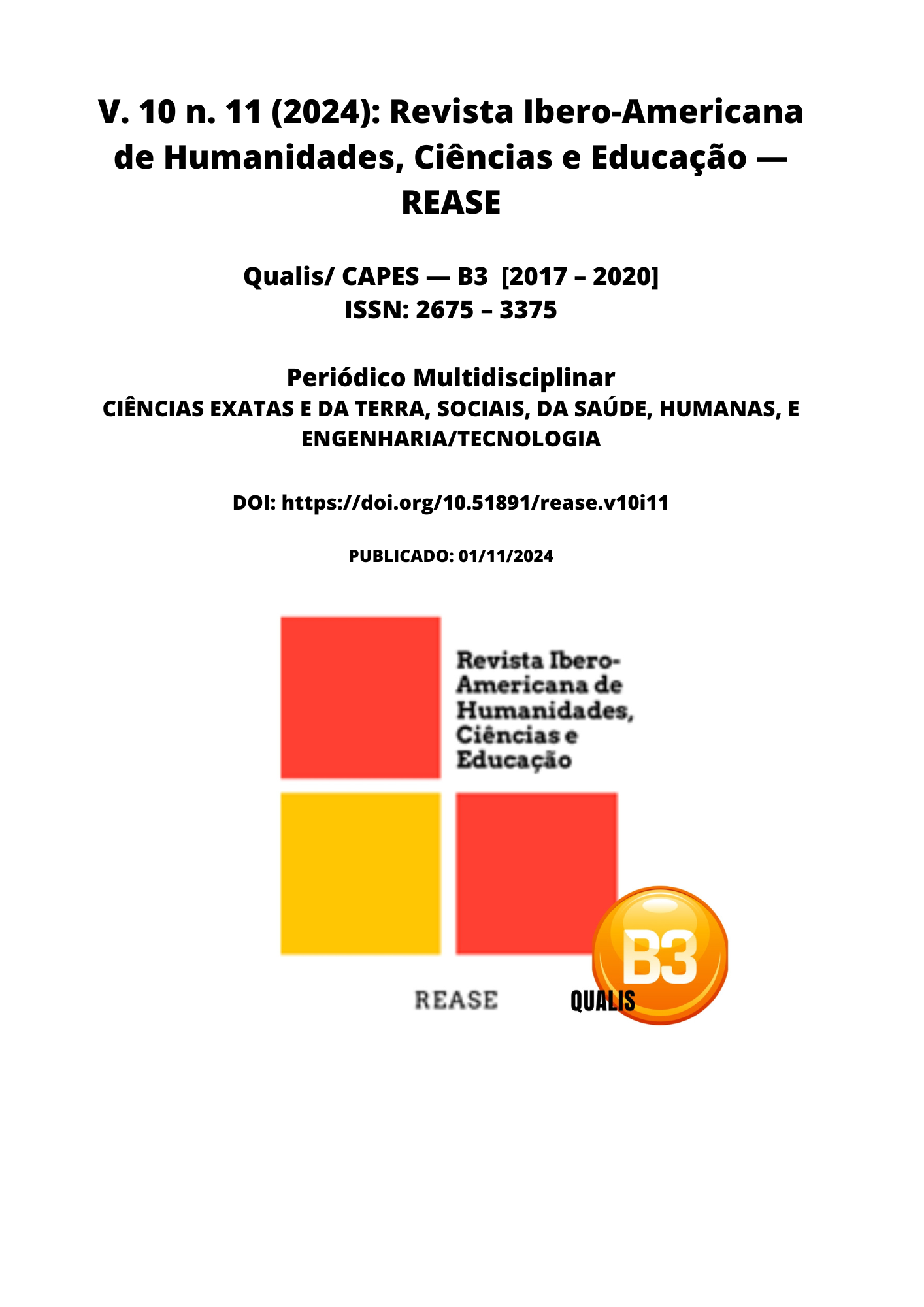PHYSIOTHERAPEUTIC CONDUCT IN PREVENTING FALLS IN ELDERLY PEOPLE
DOI:
https://doi.org/10.51891/rease.v10i11.16991Keywords:
Fisioterapia. Quedas. Prevenção. Idoso. Fortalecimento Muscular. Equilíbrio.Abstract
The objective of this study was to review physical therapy practices applied in fall prevention among the elderly. Population aging poses significant challenges to public health, especially concerning fall prevention among seniors. It is estimated that 30% of the elderly in Brazil experience falls annually, necessitating effective interventions. Preventive physical therapy plays a crucial role, promoting autonomy and quality of life for older adults through muscle strengthening, balance, proprioception, and hydrotherapy exercises. A literature review was conducted on articles published between 2018 and 2024. The research focused on preventive physical therapy in reducing falls in the elderly, excluding studies on physical activities without the supervision of physical therapists. The analysis followed the PRISMA protocol to identify effective practices in promoting safety and quality of life. Muscle strengthening and balance training reduce falls by up to 30%, improving safety and confidence in the elderly. Proprioceptive exercises, such as those performed on unstable surfaces, aid in motor control and balance. Hydrotherapy is an effective alternative for seniors with joint limitations, promoting strength and flexibility with low impact. Simple environmental adaptations, such as support bars, also reduce fall risks. Preventive physical therapy is essential for promoting healthy and active aging, integrating physical, psychological, and social care. Supervised exercise programs and home adaptations have a significant impact on reducing falls and preserving the functionality of the elderly, making them fundamental for public policies in fall prevention and geriatric care.
Downloads
Downloads
Published
How to Cite
Issue
Section
Categories
License
Atribuição CC BY

